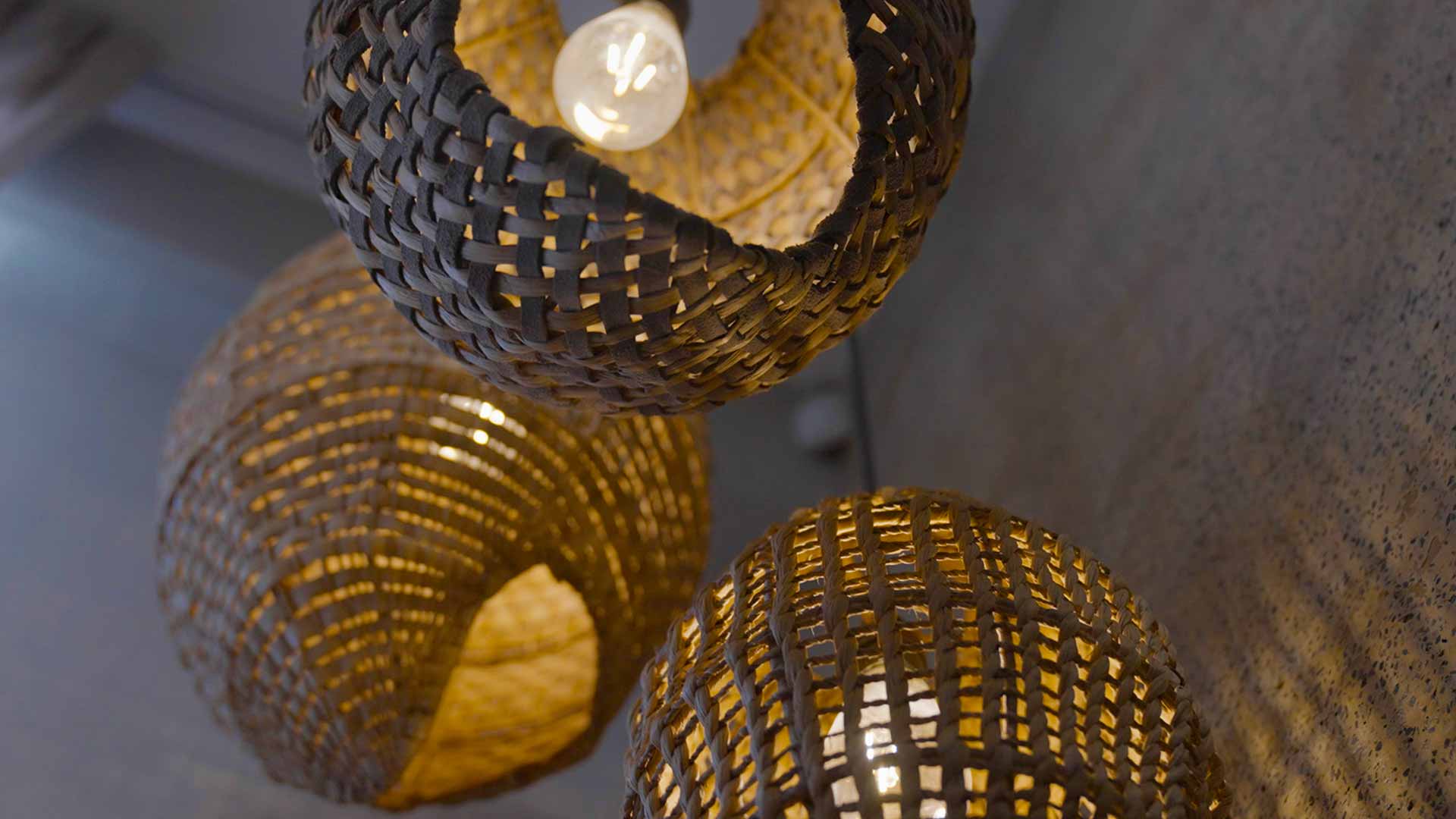
Dominican Republic: Lamps made from water lilac
If you pay close attention, plastic is everywhere in our homes: garbage cans, toys, household products, containers and all other everyday products. It’s the scourge of the 21st century, and its dangers are still too often overlooked. To add to the problem, most of these poor-quality items are manufactured abroad, adding to environmental pollution and depriving local communities of potential sources of income.
This sad reality encourages us to reduce our dependence on plastic and support more sustainable alternatives, like those of Michelle Urtecho, whom we had the opportunity to meet in the Dominican Republic.
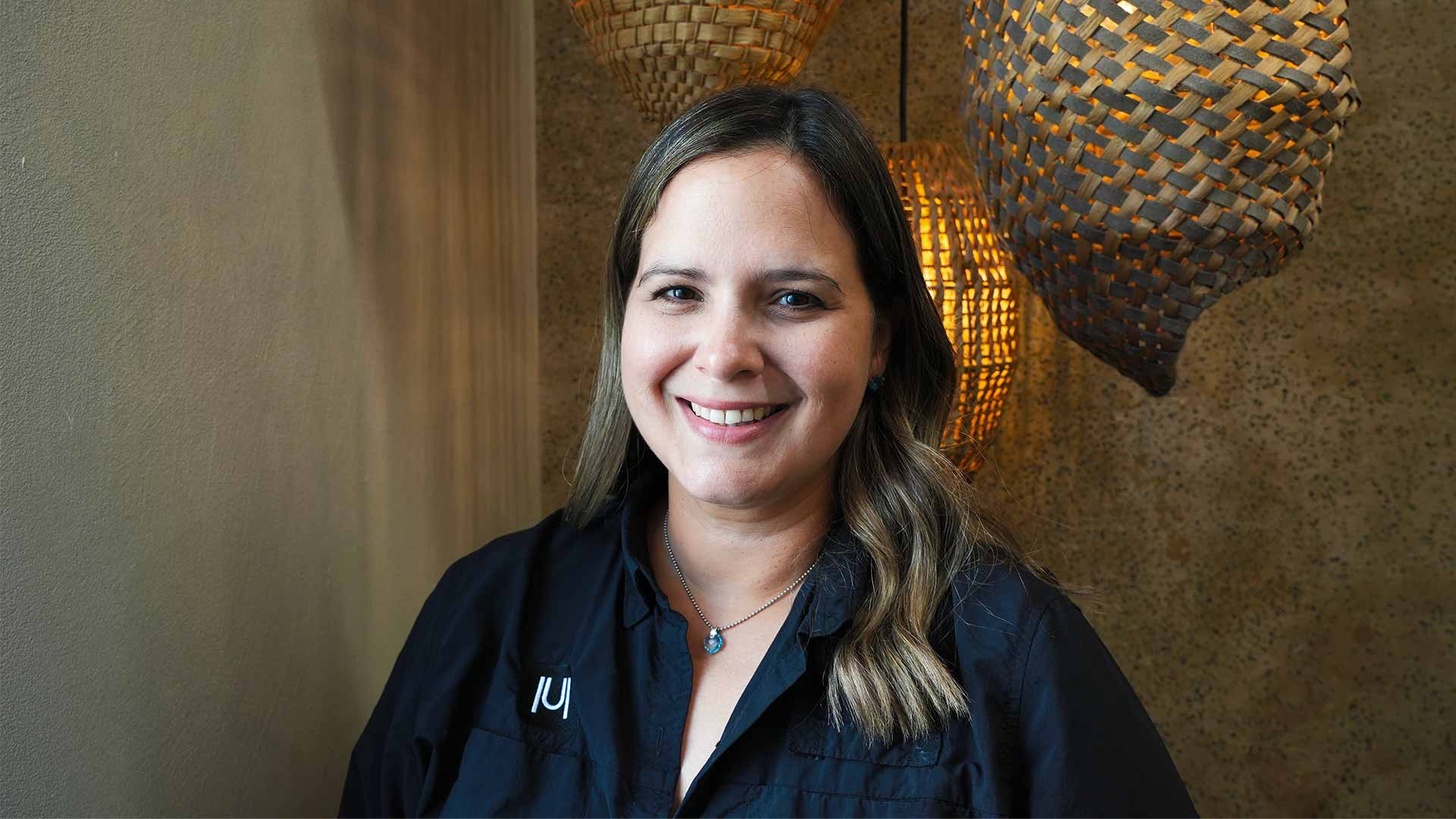
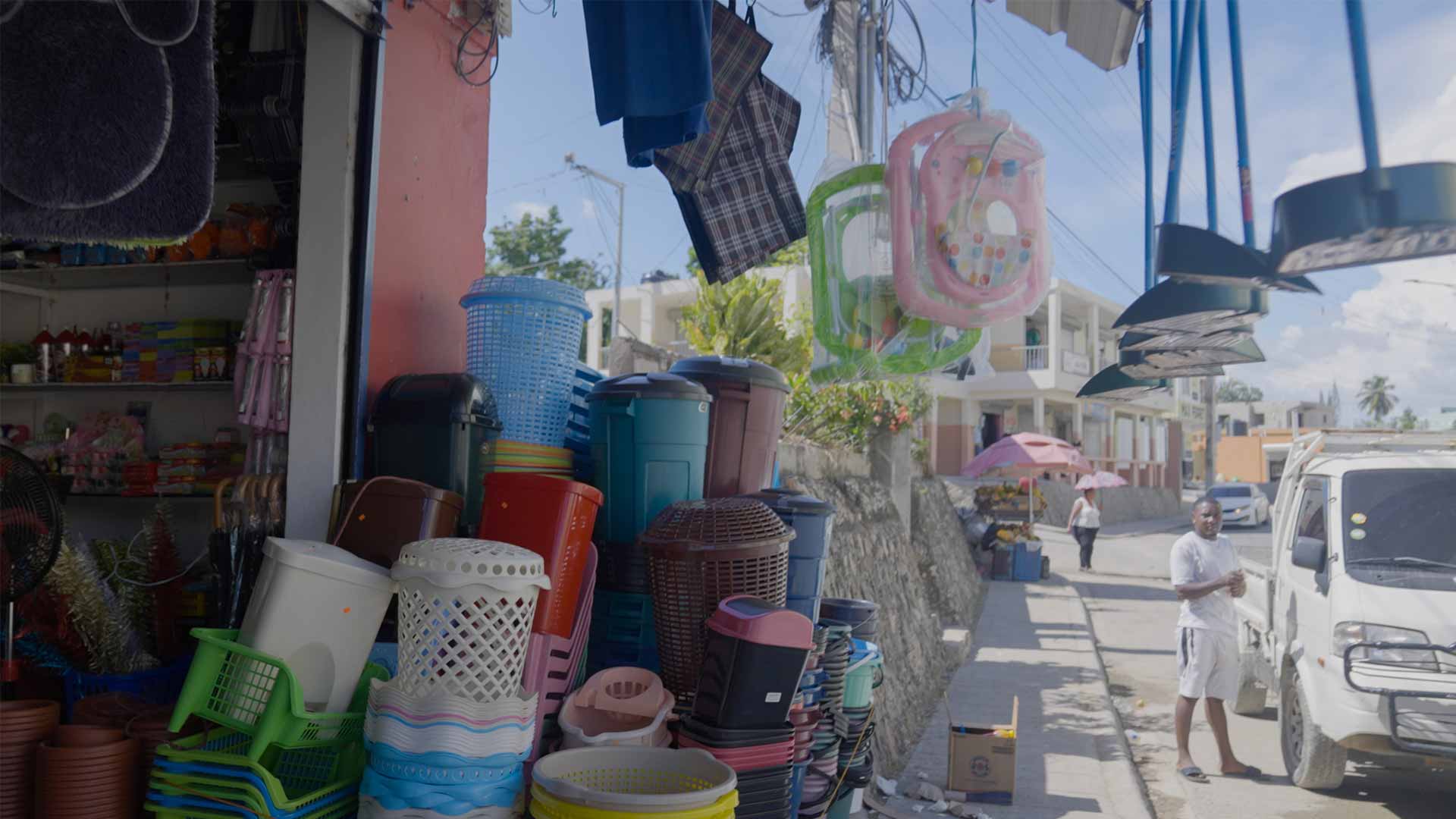
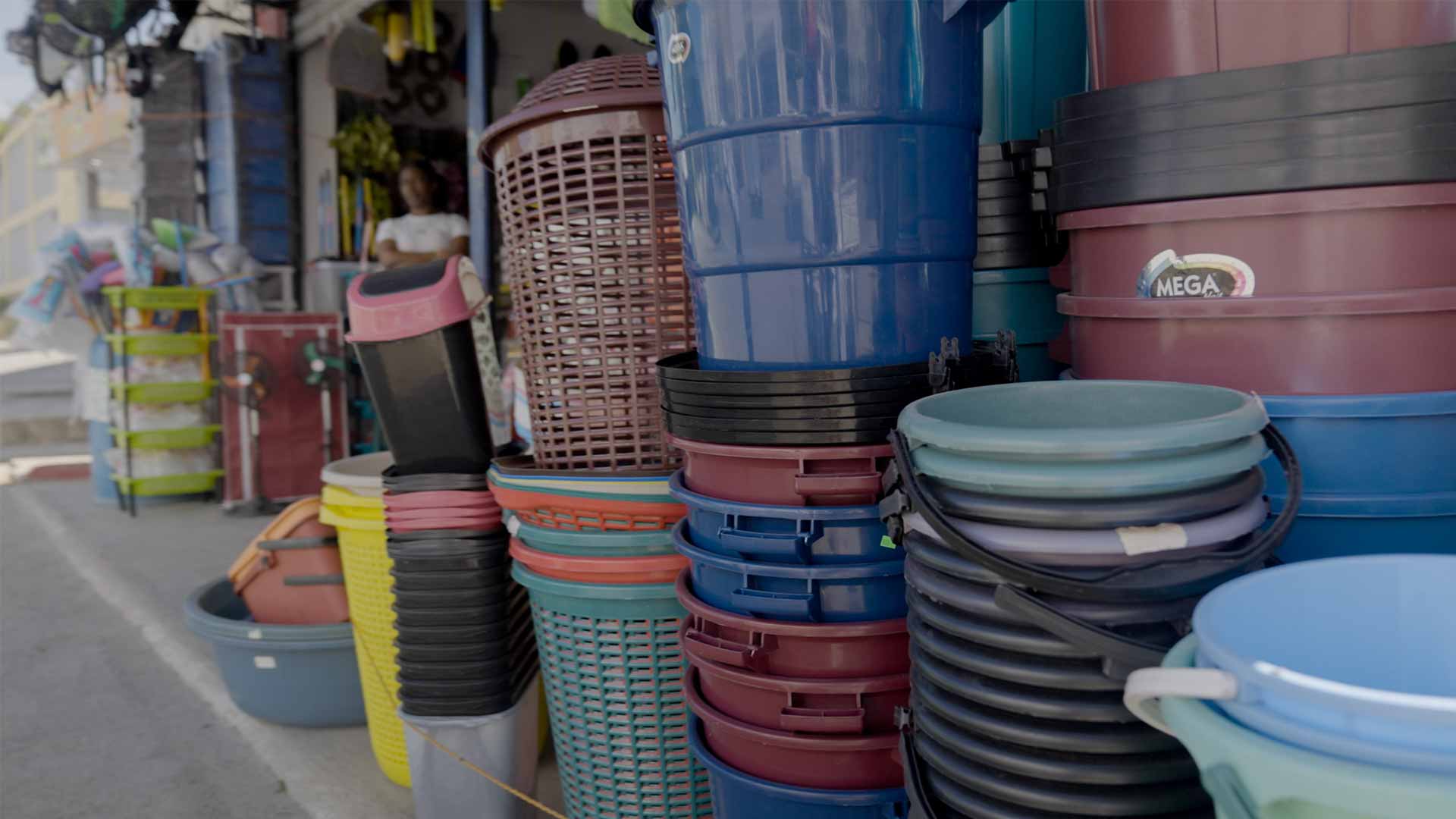
Replacing plastic in our homes
More than 17 years ago, Michelle Urtecho founded her interior design and product creation studio with a clear mission: to purposefully design spaces and objects with sustainable solutions using local raw materials.. One of her most notable creations is the Jacinta Luminaire, created with the Water Hyacinth, a plant that proliferates in the Ozama River due to plastic waste.
To create the lamps, she collaborates with local Santo Domingo artisans to highlight her exceptional work.
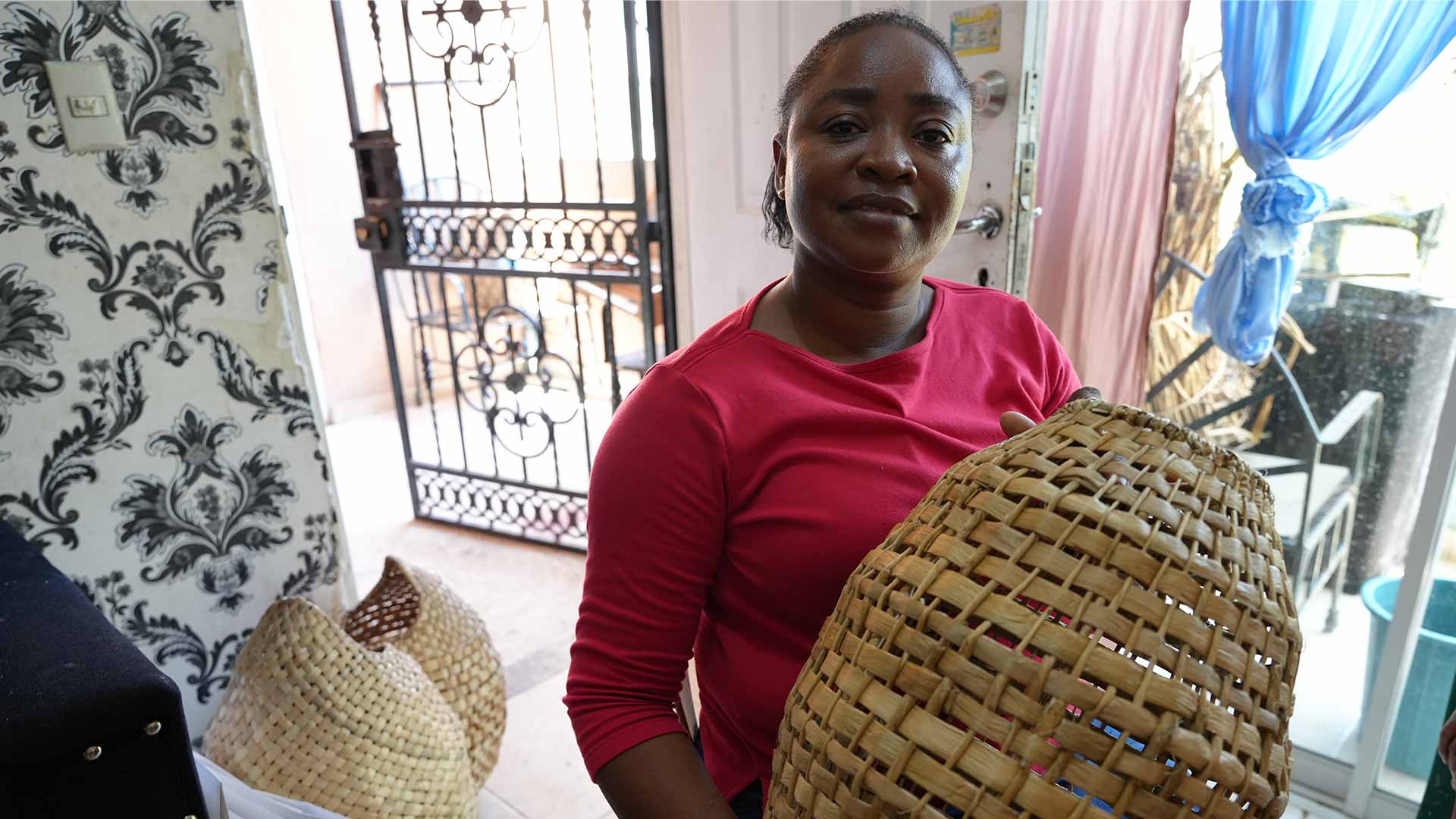
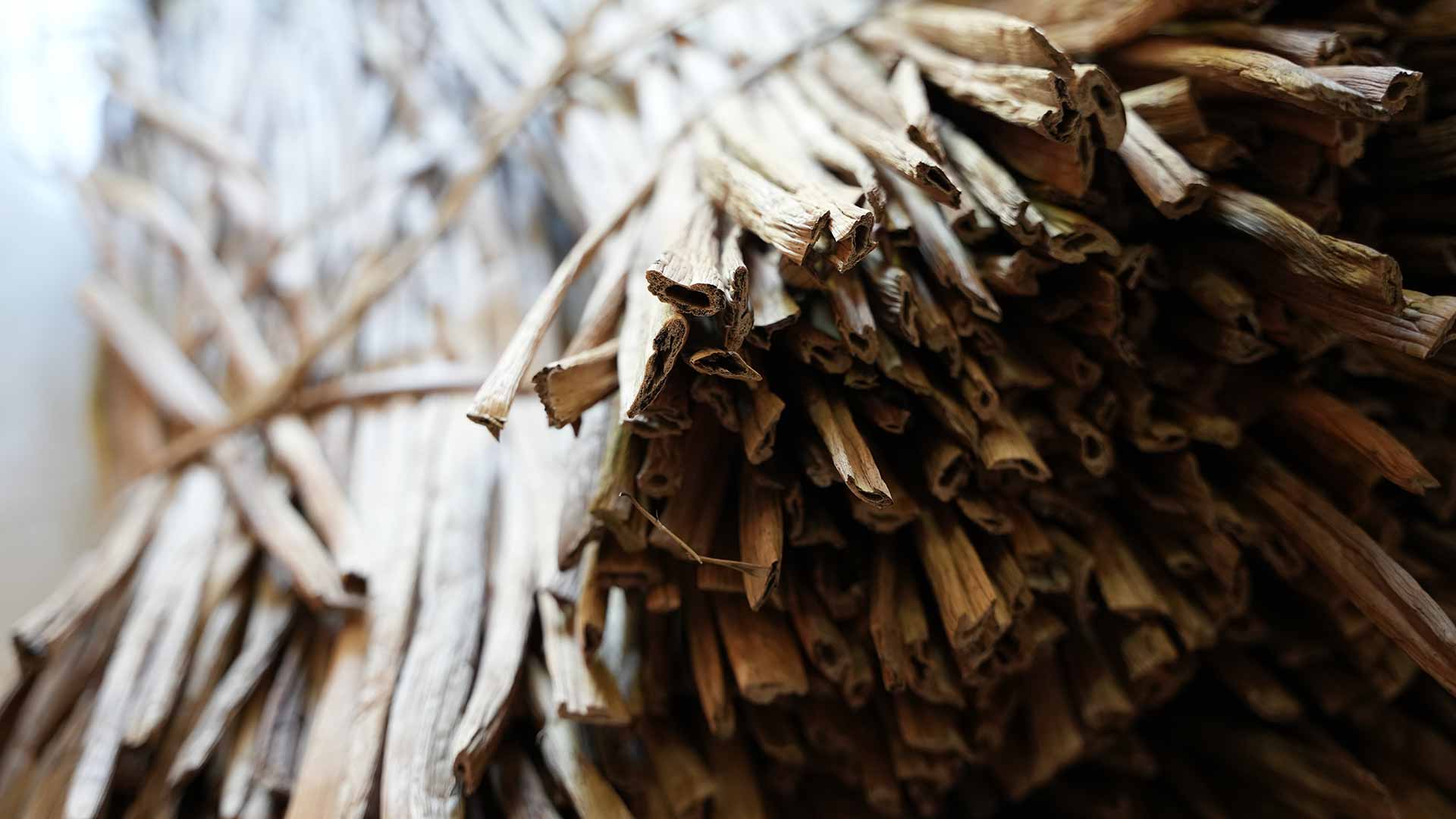
The water hyacinth challenge
Originally, the water hyacinth was a valuable plant for ecosystems, as it filtered water from lakes and rivers. However, today in Santo Domingo this is no longer the case due to its overpopulation. The rivers are seriously polluted by the waste that cohabits with the hyacinths. In some places, boats can’t even get through. These invasive plants feed on waste and proliferate until they form opaque layers that make water circulation difficult and, above all, their overpopulation does not allow sunlight to enter, not allowing their ecosystem to develop correctly.
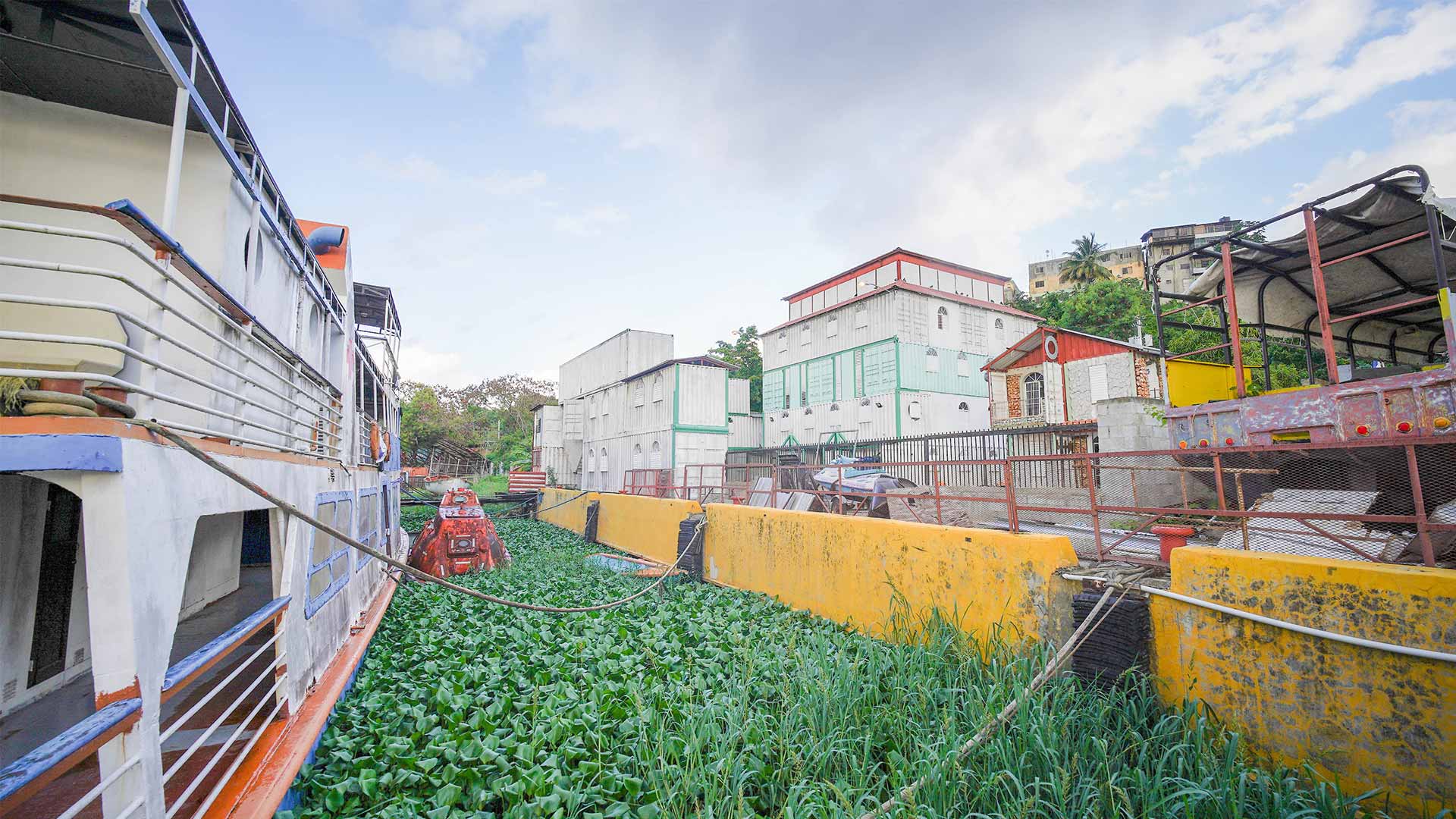
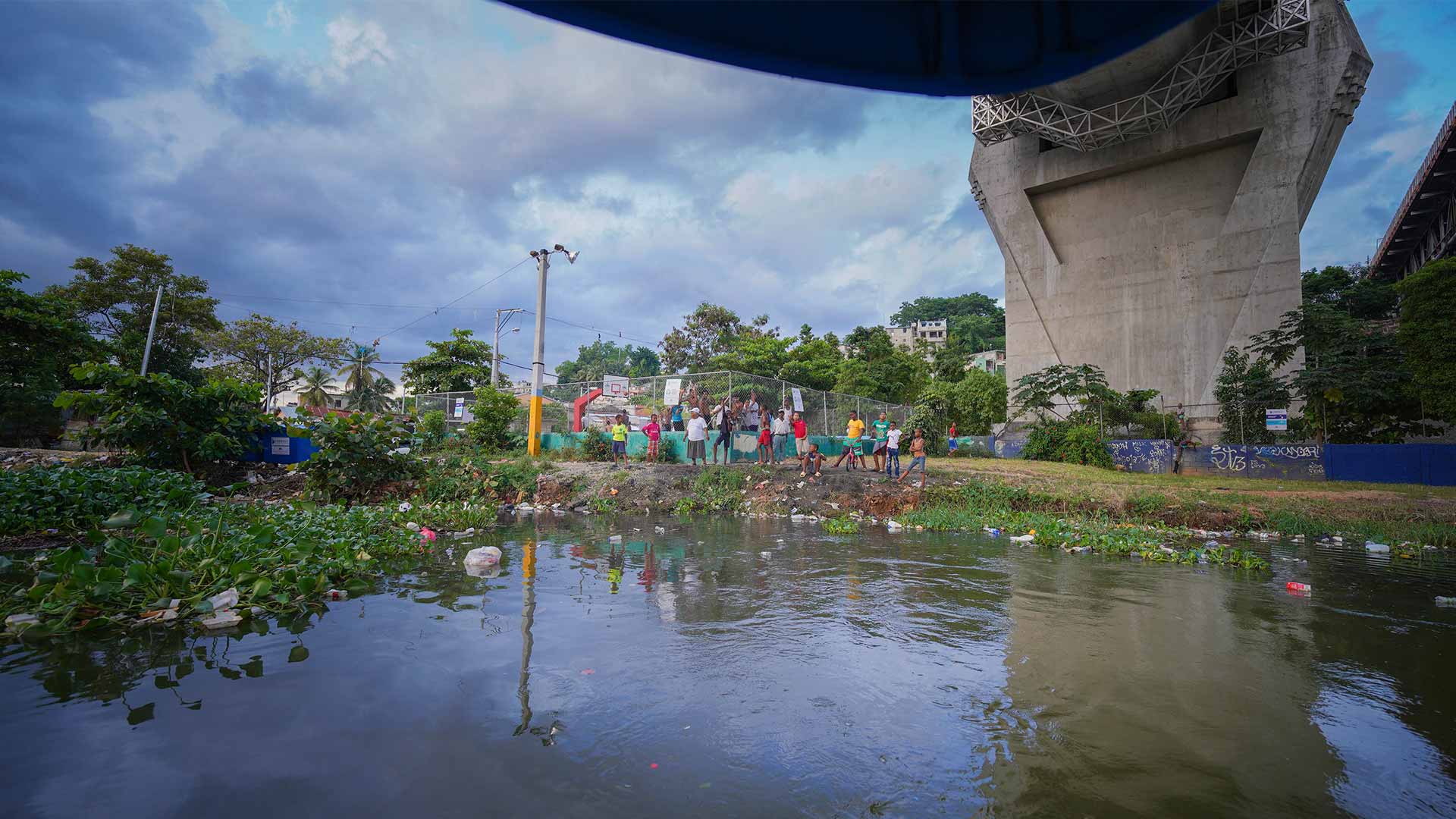
“The problem is not the Water Hyacinth itself, but the density of waste that invades our rivers that causes the Water Hyacinth to feed on these minerals and reproduce invasively. It is this combination that threatens the lives of the fish and other aquatic organisms.” Michelle stands out.
The lamp-making process
The project involves collecting the hyacinths from the river, a task entrusted to the fishermen, who in return receive financial compensation. The craftswomen then collect the hyacinths and dry them in the sun for several days, depending on weather conditions. Once dry, the stems are ready for weaving.
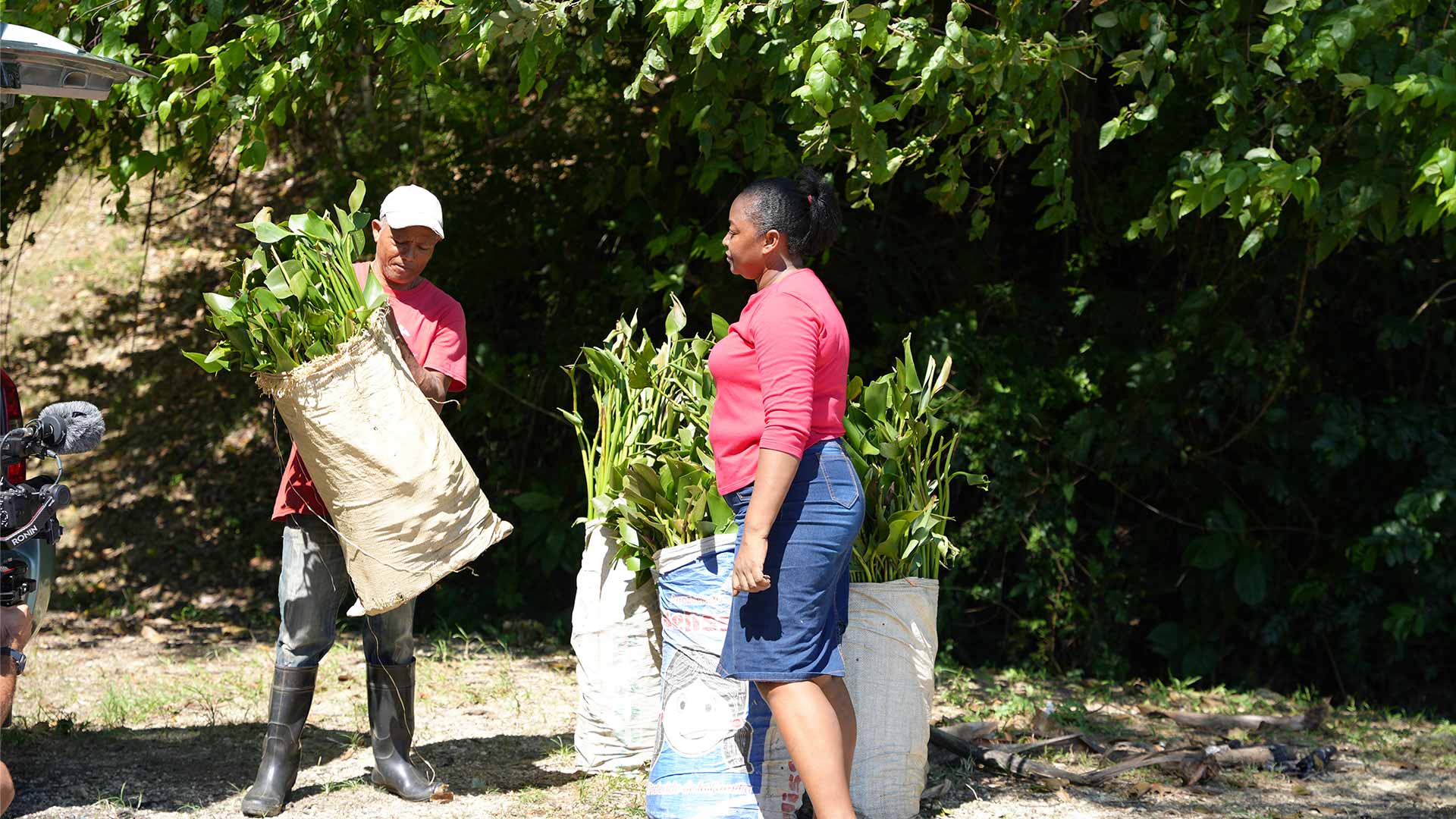
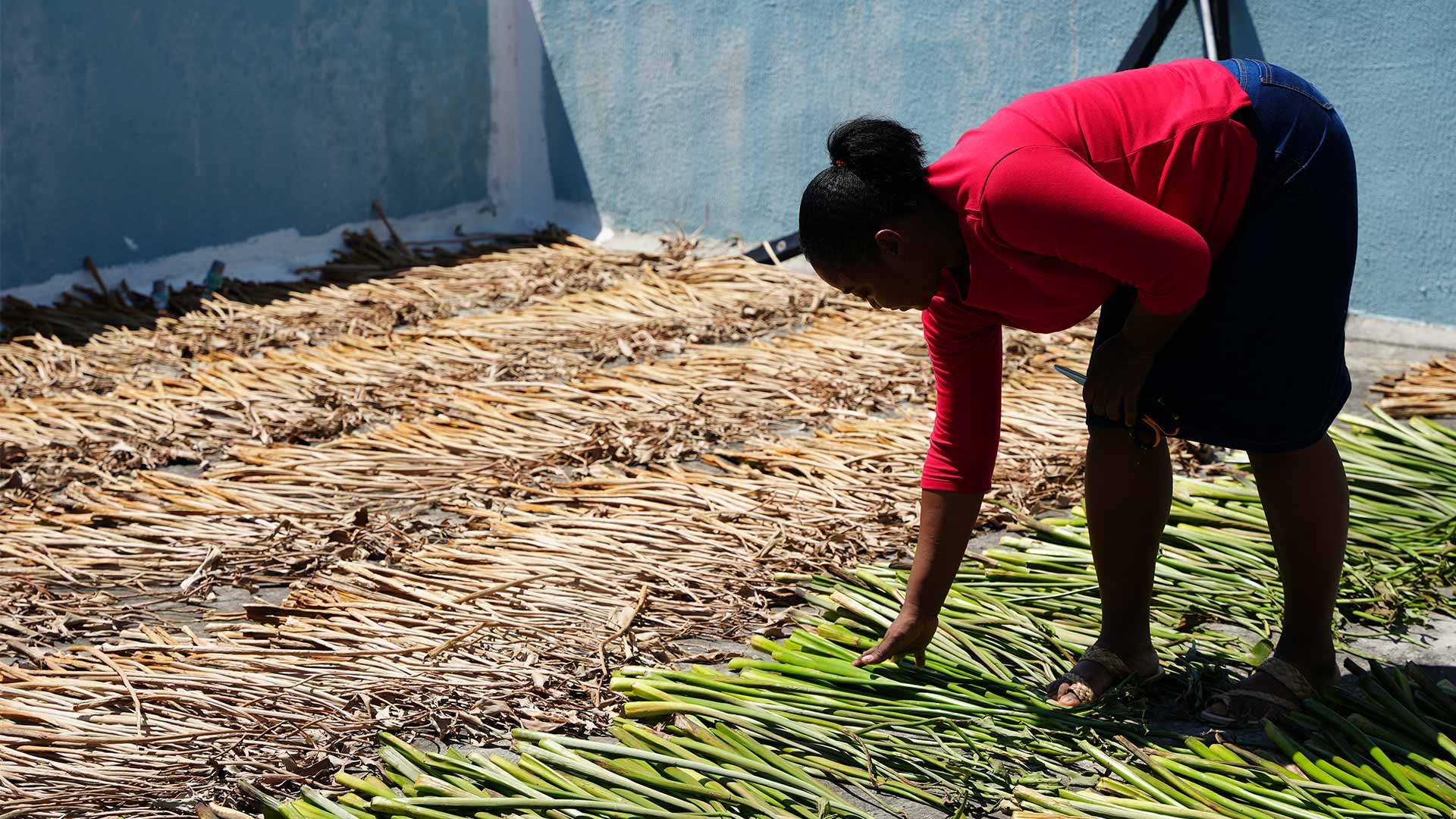
We had the opportunity to visit the place where part of the production of these lamps is made, which is located in the house of Silvia, an artisan who has been working with the Water Hyacinth for several years together with the Manos Dominicanas team. She tells us: “Making a lamp takes me about 3 days, but I’m pretty quick. For others, it may take up to 6 business days.”
In addition to lamps, Silvia also makes bags, sandals, fishing ropes and other objects for everyday use. She actively contributes to reducing the use of plastic by making all-natural items.
A sustainable and inclusive collaboration
The water hyacinth lamp project is the fruit of a fruitful collaboration between various players in the community. It showcases local art, is environmentally friendly and provides employment opportunities for many local people.
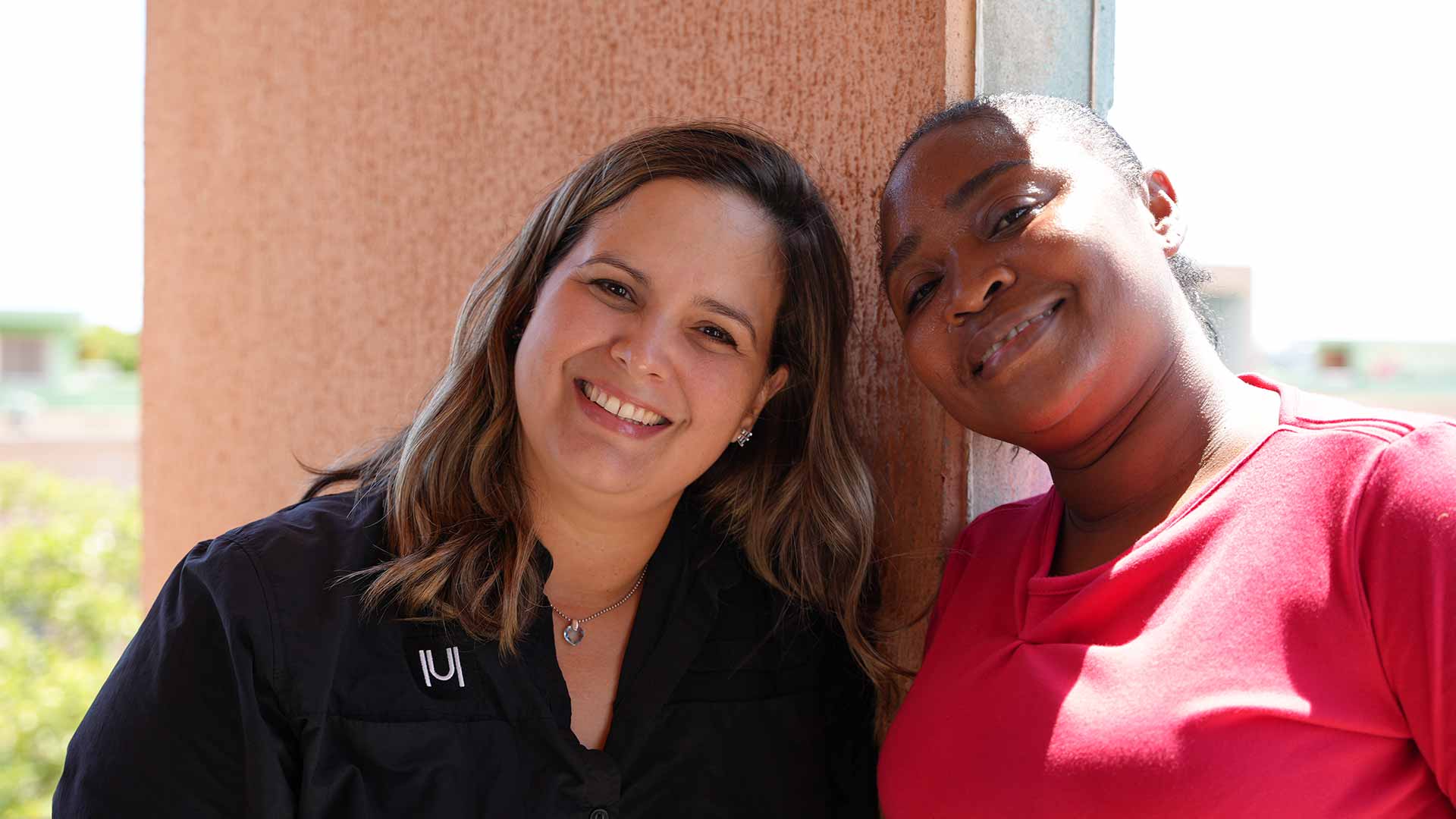

Craftswoman Silvia proudly testifies, “This work allows me to support my family and inspire other women in my community who aspire to work as well.”

Michelle Urtecho’s water hyacinth lamps embody a perfect fusion of creativity, sustainability and social commitment.
To discover all of her creations, visit her website: https://www.michelleurtecho.com/coleccion/jacinta

The exhibition that brings together solutions to do without plastic
The Plastic Odyssey Treasure Trunks bring together alternatives and solutions from around the world to reduce plastic pollution in the ocean.
